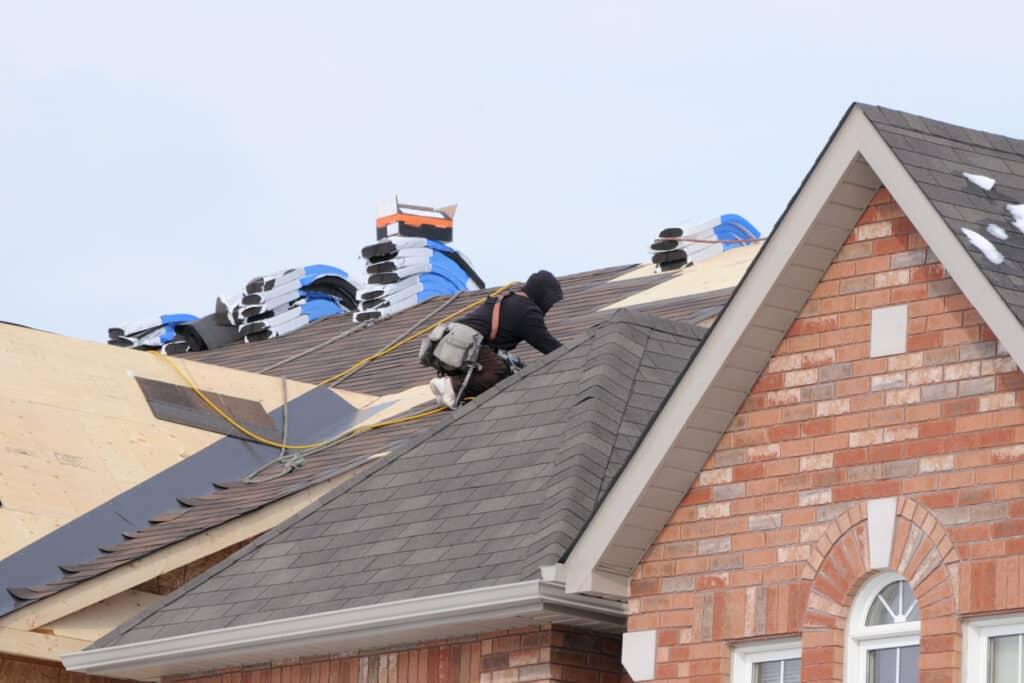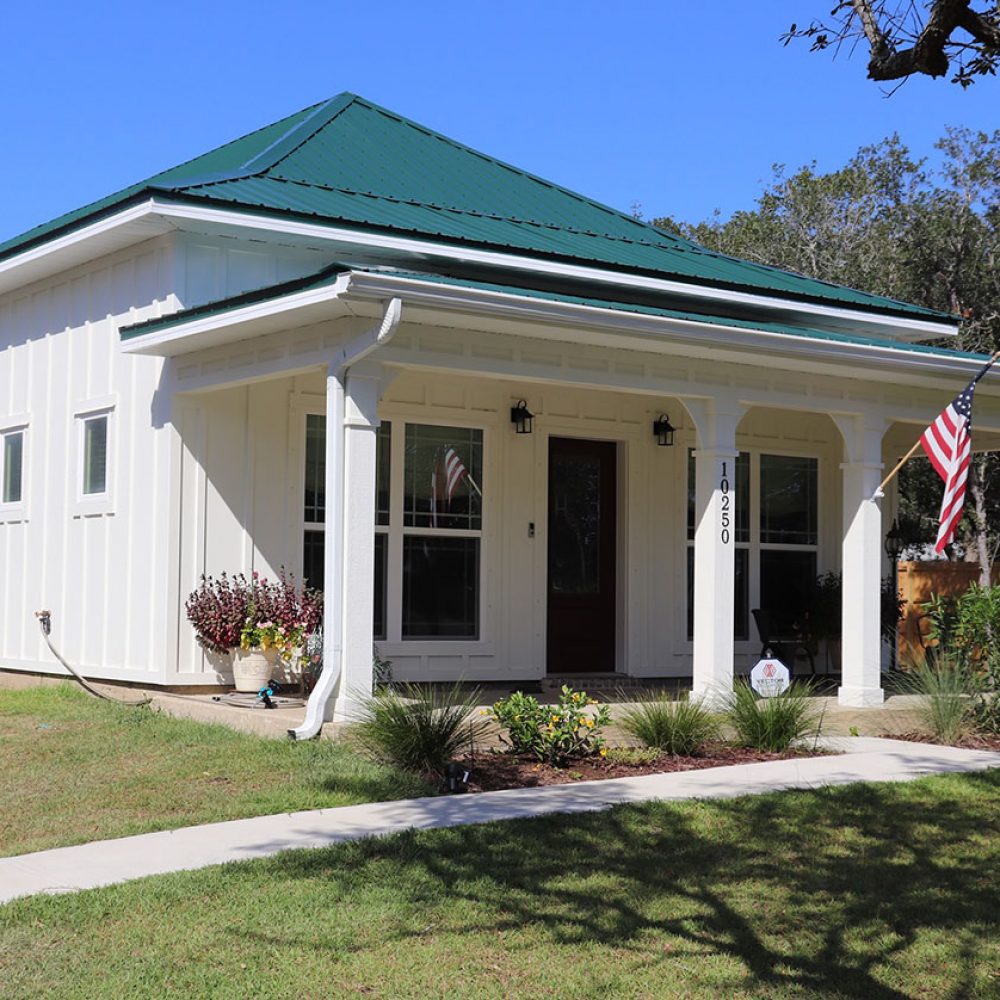Your roof is a protector for your house. It shields you from rain, snow, scorching sun, and anything else Mother Nature decides to deal out. Like most homeowners, you probably don’t give your roof much thought until there’s a leak. To keep your roof in tip-top shape, it’s helpful to understand its different parts and how they work together.
Roof Deck
Imagine your roof as a giant sandwich. The roof deck is the bread at the bottom. It’s typically made of plywood or oriented strand board (OSB) and provides a solid base for all the other roofing layers. The strength of the deck is important, as it needs to support the weight of the roofing materials and people walking on it for maintenance.
Underlayment
Next comes the underlayment, which acts like a waterproof barrier between the deck and the shingles. It’s like a raincoat for your roof deck that protects it from leaks and moisture damage. Underlayment materials can be felt paper, synthetic fabric or even rubberized membranes.
Shingles or Tiles
The shingles or tiles are the visible stars of the show because they are the part of the roof you see from the ground. They come in various materials, such as asphalt, metal, slate or clay. Asphalt shingles are the most common choice because they offer affordability and ease of installation. The material you choose will depend on your budget, the climate, and the look you desire for your house.
Flashing and Venting
Flashing might not be the most glamorous part of your roof, but it plays a vital role. Flashing consists of thin sheets of metal installed around chimneys, vents, skylights and other roof valleys. It acts like little seals that prevent water from leaking into those areas. Vents are also crucial for roof health. They allow hot air and moisture to escape from the attic to prevent problems like mold growth and heat buildup in your home.
Drainage System
Finally, your roof needs a way to get rid of all the water that collects after rain or snow. This is where the drainage system comes into the picture. Gutters and downspouts work together to channel rainwater away from your house and foundation.
Understanding these different parts of your roof can help you appreciate the complex job it does. Regular roof maintenance, such as checking for loose shingles or clogged gutters, can help prevent problems before they start. And if you ever notice any leaks or damage, ask one of our professional roofers to take a look. We’ll do our utmost to make sure your home remains protected from the elements.
For residential roof maintenance and repair in Mobile, AL, call Guy Brothers Roofing.





